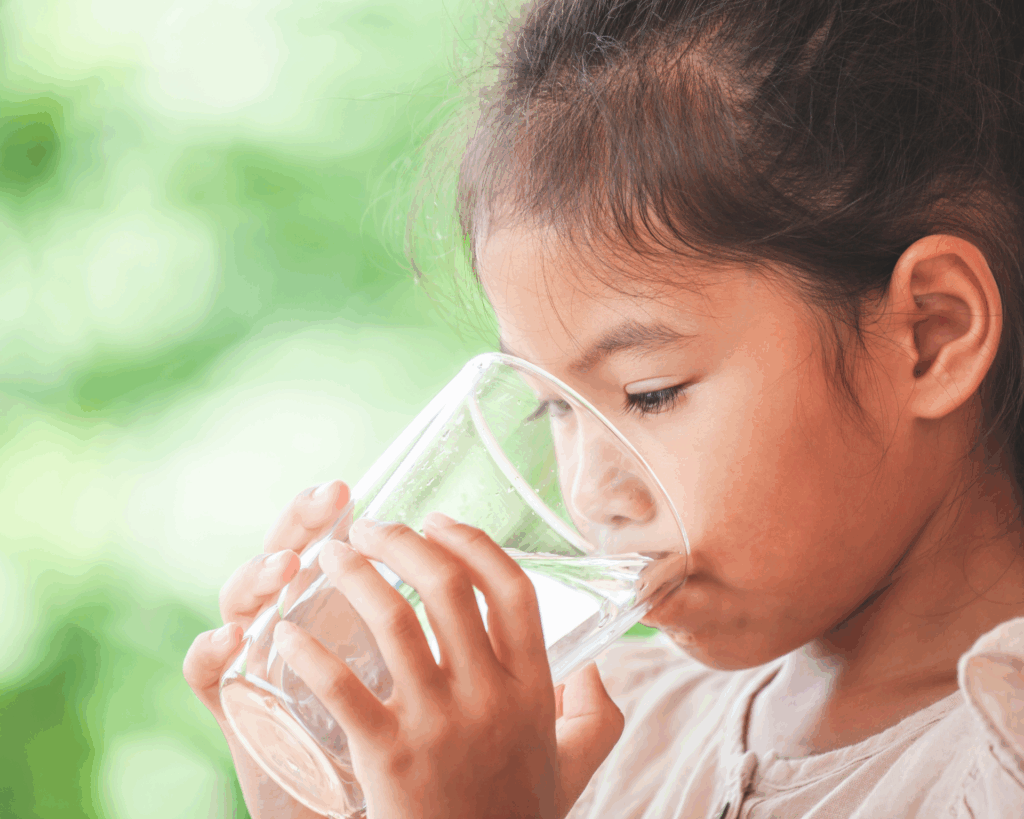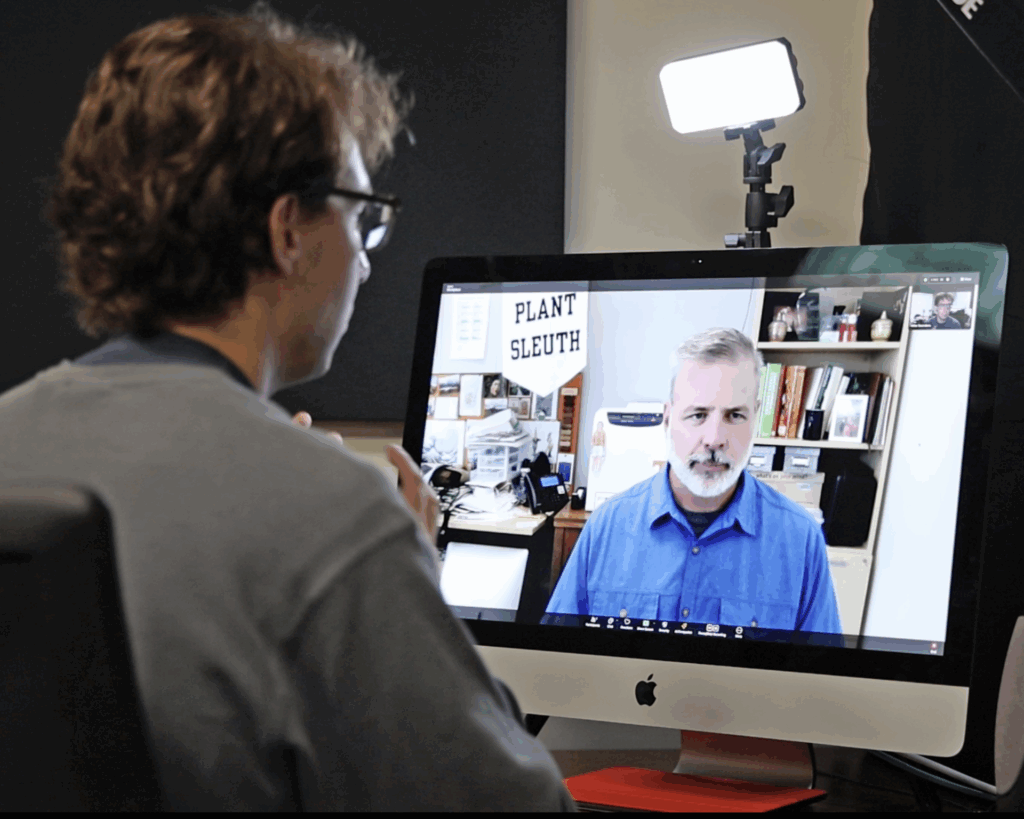Mining and Mobile Units
Coal miners’ “black lung” is at its highest rate in over two decades. Mobile units, created under a program of the Federal Coal Mine Health and Safety Act, provide miners with chest x-rays and breathing tests to monitor their health.

Read Time: 3 minutes
Published:
Coal workers’ pneumoconiosis, or “black lung,” is at its highest rate in over two decades. The resurgence of black lung—a scarring of the lungs due to airborne dust that’s inhaled—has been particularly apparent in the central Appalachian region that includes Kentucky, Virginia, and West Virginia.
Why are we seeing this increase in black lung, especially in Appalachia? In an interview with PHP, Cara Halldin, the supervisory program management officer for the Coal Workers’ Surveillance Program in Morgantown, West Virginia, mentioned several possibilities.
Mines in central Appalachia tend to be small. Research published by Halldin and colleagues found that miners who work in smaller mines (with less than 50 employees) have a greater chance of developing black lung than those who work in larger mines. Small mines tend to have fewer resources, fewer staff trained on safety precautions, and less advanced mining equipment.
Coal miners are breathing in more silica, which causes scarring in the lungs. In a recent study, miners reported cutting through rock that can contain between 5% and 100% silica.
The other possible factor is the thin seams of type of coal formation being mined. Thick seams (layers) of coal have mostly been expended, leading companies to search for thinner seams to maintain production. These thinner seams are surrounded by sandstone, which has a high silica content. Coal miners are breathing in more silica, which causes scarring in the lungs. In a recent study, miners reported cutting through rock that can contain between 5% and 100% silica.
The Coal Workers’ Health Surveillance Program was created in 1969 as part of the Federal Coal Mine Health and Safety Act. Its goal was to prevent coal miners from developing black lung. As part of the Enhanced Coal Workers’ Health Surveillance Program, the National Institute for Occupational Safety and Health (NIOSH) operates mobile units that provide coal miners with chest x-rays and breathing tests.” Halldin described the mobile units as “large U-Hauls with a NIOSH sticker.”
The mobile units also measure blood pressure. Research published in 2017 by Halldin and colleagues found that over 30% of miners had a blood pressure reading in the hypertensive range. Though black lung gets the most attention when it comes to coal miners’ health, it is just one of many health concerns.
The mobile units have visited every coal mining region in the United States except for Alaska. According to Halldin, participation is lower in central Appalachia compared to other parts of the United States. To improve participation, the mobile units stop at local parks and Wal-Mart parking lots and they provide services both early and late in the day to accommodate miners’ work schedules. The goal is for miners to are able to access the tests they need in order to be properly informed about their health.
Feature image courtesy of NIOSH Coal Workers’ Health Surveillance Program



